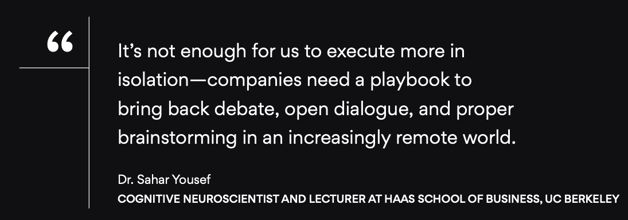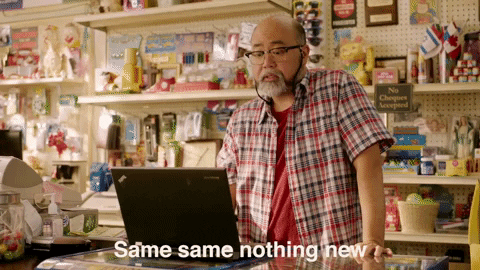
Agile Organizations Adapt to Change
There's a lot to unpack in Asana's survey of 10,624 global knowledge workers, but these quick stats are worth calling out:
- Employees are spending 27% more time this year on skilled work – and 36% less time on strategy.
- Almost 1 in 4 workers experienced burnout 4 or more times in the past year.
- Despite nearly half of employees (47%) finding it easier to concentrate at home, 41% feel more isolated when working remotely.

Change won't happen overnight, but there are steps you can take today to set your team up for a better tomorrow.
- Create clarity around processes and expectations. These free templates focus on how to improve in areas like organizational effectiveness, professional development, and performance management.
- Recognize that burnout is real. Take a strategic approach to burnout prevention – for yourself and your team.
- Prioritize a holistic employee experience. Listen to your team and offer meaningful resources that make them feel valued and cared for.
No One Wants More of the Same

The world of work shouldn't revert to old ways of doing things.
In this article from The Guardian, Alvin Chang points out that many companies are spreading the same message – "where you do work may change, but what you do and why you do it will remain the same."
We're seeing this sense of "sameness" reflected across organizations:
- Workflows haven't evolved to meet employee or customer demands
- An employee's worth is impacted by the hours they're online
- Meetings have grown in frequency and attendees
Reevaluate processes that haven't changed in the last year – or since pre-pandemic.
Don't Throw Your ⏰ in the 🗑
When was your last vacation or staycation? if you can't remember, it's time to open up your calendar and block off at least one day in the coming month.
Almost 1 in 5 American workers have avoided taking time off work due to feeling unsupported by their employer or having too much work.
Leaders have a role to play:
- Normalize people taking vacation
- Encourage your team to take time off
- Model the way
Is Your Remote/Hybrid Company a Best Place to Work? 🏆

Forget "Best Place to Work" awards. We're looking to feature standout company cultures that deserve the limelight.
Have you...
- Launched unique initiatives to foster culture in a remote environment?
- Gathered your remote or hybrid team for an in-person event?
We're interviewing executives, HR professionals, and people leaders about their remote and hybrid cultures. This is YOUR chance to potentially have your company featured in upcoming SHIFT content.
Email us at team@shiftthework.com if your team has gone above and beyond in promoting a thriving remote or hybrid work culture.
Join our Stories that SHIFT Newsletter
Subscribe to get your dose of inspiration, stories, resources, and entertainment delivered straight to your inbox. You’ll be happy you did!
Shoutout to our teammate Julie Gelb who helped bring this week's edition of Stories that SHIFT to life.








